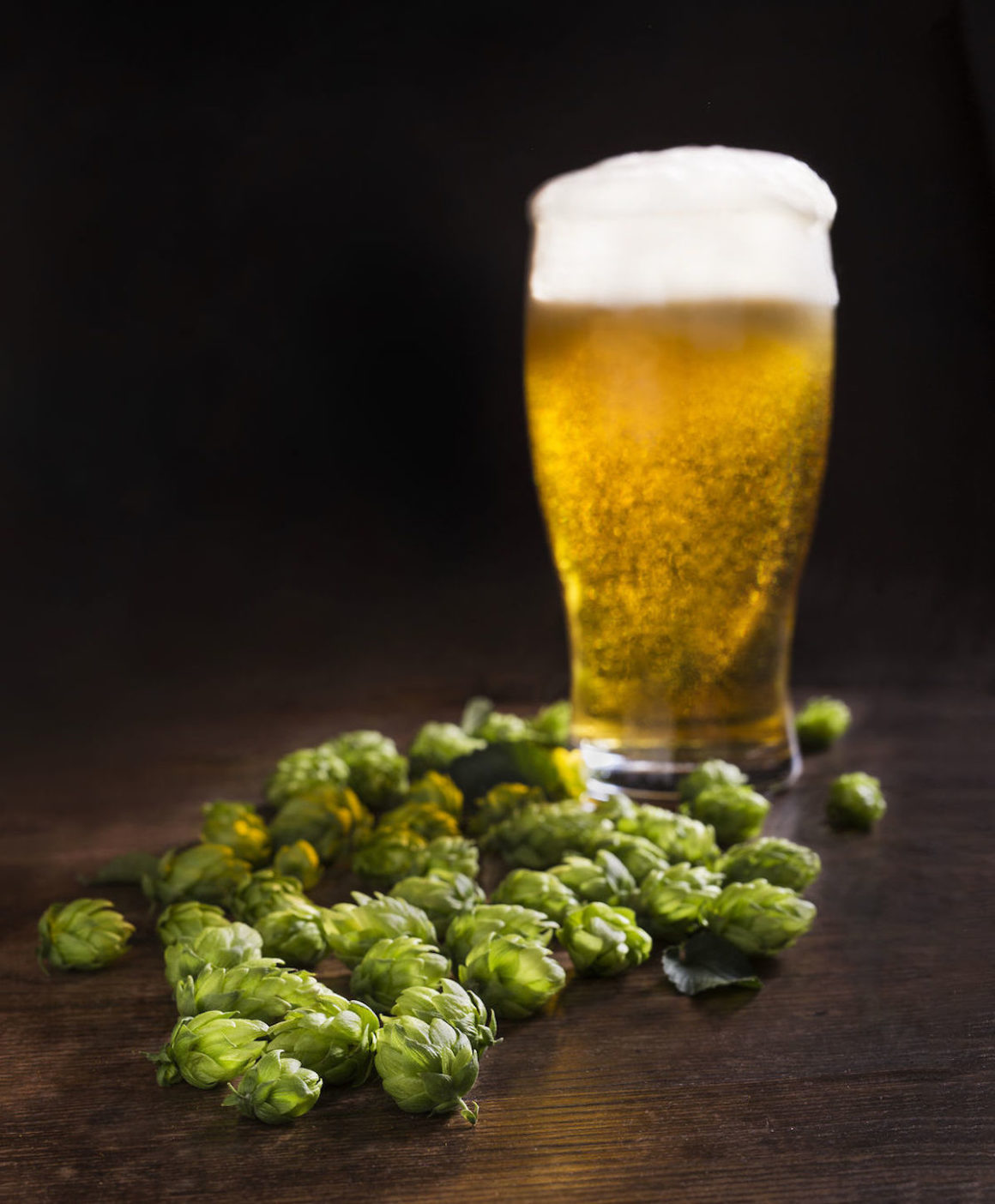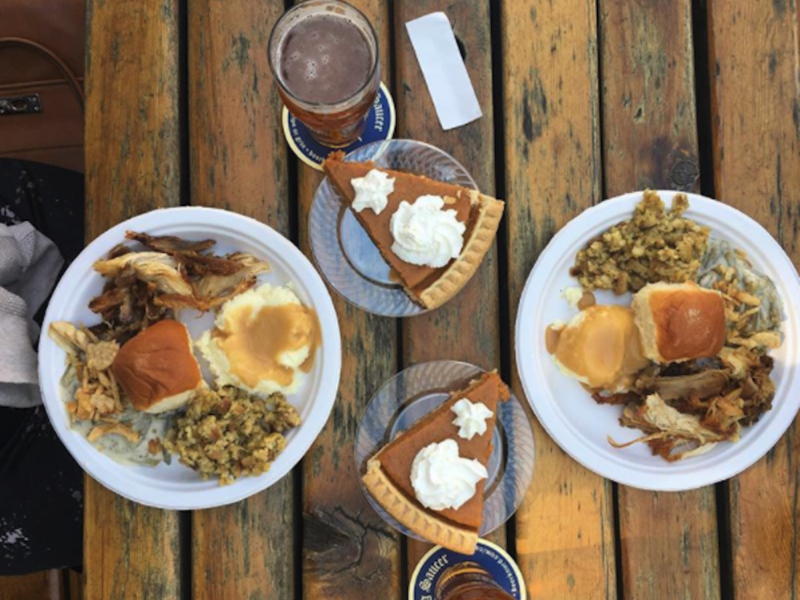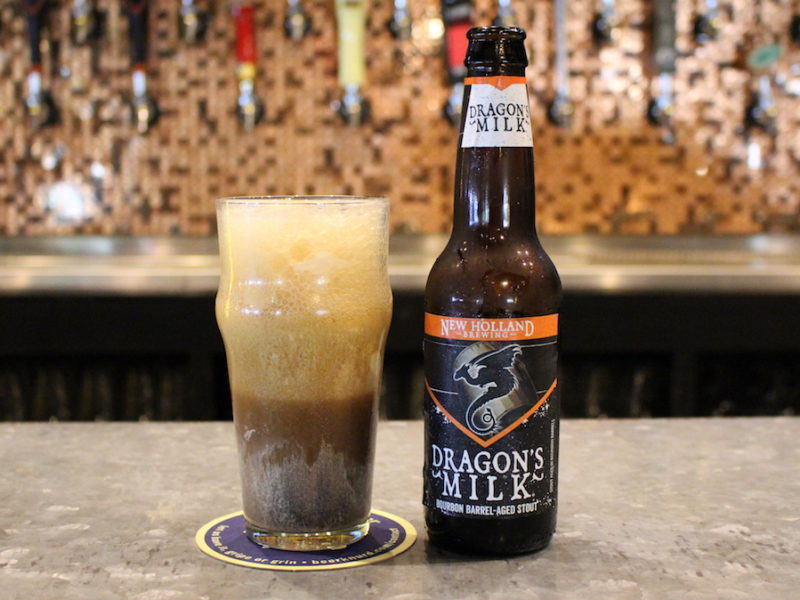So it’s IPA Day, and you’re staring at your local tap wall wondering what the hell is about to come out of that tap marked “IPA.” Sometimes it’s hard to know what a new IPA might taste like, and it especially sucks when you think you’re going to imbibe a hoppy brew that’s snappy and refreshing with a citrus note and instead you get a malt bomb with a spicy, floral profile.
IPA is currently the most popular beer style in America. There are many ways to brew an IPA, and we all know and appreciate that American craft brewers love to be creative. To avoid getting a beer you don’t want, it’s important to know the different types of IPAs, including the different styles and strengths of the hops, different types of hops and niche regional quirks.
English vs. American
The two popular types of IPAs are English and American: English IPAs contain herbal, floral and spicy flavors, some with hints of orange; American IPAs are big on fruit flavors — grapefruit predominantly — and hops with stone fruit, lemon and pineapple characteristics. English IPAs embrace more traditional hop varieties while American IPAs embrace New World hops. English IPAs usually have a more caramel-y malt presence than their American cousins.
A Myriad, a Plethora, a Cornucopia of Specialty IPA Styles
In addition to English and American styles, there are several different kinds of specialty IPAs. Here’s a primer:
Black IPA – These IPAs are sometimes called Cascadian dark ales. These beers have some characteristics of an American IPA but are darker in color. So, you may get a roasty character from the malt, but its presence isn’t necessary for a brew to fit into this category.
Belgian IPA – These IPAs have fruity, spicy notes from the use of Belgian yeasts and tend to be lighter in color and have a higher ABV due to the yeast strain. Beers of this type should finish dry.
Brown IPA – This IPA has an assertive hop profile balanced with the caramel-y, toasty notes of a brown ale. The brew isn’t as sweet or heavy as a brown and should retain the drinkability of an IPA.
Red IPA – This brew is going to have caramel and/or dark fruit flavors from the malt but should retain the hoppy bite of an IPA. As the name suggests, it’s red in color.
Rye IPA – Rye is a shining star in these brews, offering a sweet spiciness to the flavor profile. Rye malt excels at drawing out unique hop flavors, producing clean-tasting beers with a dry finish. Rye’t on!
White IPA – These IPAs are light in color and refreshing in flavor. They possess a distinct spiciness and/or fruitiness from their yeast strain or from the addition of fruit or spices. These brews are basically a witbier with tons of hops added!
While these variations stem from differentiations in malt, there are also a few descriptors specific to hoppiness to help further distinguish IPA styles:
Double/Imperial IPA/IIPA – This brew is definitely higher in IBUs (or International Bitterness Units, used to gauge the bitterness of a beer by measuring the parts per million of isohumulone, one of several different acids and oils within a hop that affect the flavor profile and bitterness) than a regular ol’ IPA. It has a higher ABV, too, because all those hops need to be balanced with malt, and the sugar from malt is what yeast eat to produce alcohol. This doesn’t mean that doubles/imperials are malt bombs — far from it — the extra hop additions need the sweetness of the malt to balance the flavor and keep the brew quaffable. Just because it’s higher in IBUs doesn’t necessarily mean it’s going to be mo’ bitterer than a regular IPA. Lots of I2PAs are heavily dry or wet hopped, taking in flavor from the hops without the coinciding bitterness.
Triple IPA – The name says it all. It follows along the same idea as a double and then some…
All The Hops
Just because a brew is labeled IPA doesn’t mean it’s going to taste like freshly peeled grapefruit. There’s a host of hop varieties, and they can impart all sorts of flavors such as the quintessential grapefruit (or stone fruit or lemon), spicy notes of black pepper or coriander, or floral notes that might smell similar to your grandma’s perfume. Hops alone can be used to make millions of flavor and aroma combinations!
Hops are like wine grapes in that they are heavily influenced by terroir. Terroir is the physical environment in which something is grown, and soil type, elevation and climate play a big role in the flavor of hops. A hop variety grown on the East Coast will have a different flavor profile than if it was grown on the West Coast or in Europe.
Most traditional hops lean toward herbal, floral and spicy flavor profiles. These include Noble hops from Germany and its English variations. American and New World hops yield big fruit flavors that we’ve come to expect from American IPAs. These include hops grown on the West Coast (specifically the Pacific Northwest) and other newer hop-growing regions such as New Zealand. Germany is also experimenting with Noble/New World hybrid hops. If you ever run across a beer made with Mandarina Bavaria hops, try it!
Despite the insane amount of variety out there, new hops are being produced every season, experimental hops so new to the market they don’t even have names yet! Matt Brynildson of Firestone Walker brews up a new batch of Luponic Distortion every three months using six all-new hops every time.
East Side vs. West Side
Along with all the styles and hop variations, there are also regional styles of IPAs. The two most prominent regional styles are West Coast and East Coast. Both offer intense hopping, with East Coast IPAs embracing traditional European flavors, and West Coast embracing the brash American flavors. These are very loose terms, though. There are also rumblings of Third Coast and Midwest IPAs, but their styles aren’t as easily denoted as the two established regional styles.
So How Do I Know What I’m Drinking?
Honestly, if the tap just says “IPA,” your best bet is to ask a knowledgeable bartender or pull out your smartphone and start searching. Many times breweries have information on their websites that includes what hops are in the brew and IBUs. Most good beer joints will allow you to sample as well. But, hopefully, now you’ll have an idea of what a beer’s description means when it says a beer is a wet-hopped IPA from Portland, Oregon, or an English-style IPA from Portland, Maine.
With so many options, breweries have the opportunity to create truly unique IPAs, so let’s raise a glass to this awesome beer style and celebrate brewing ingenuity. Cheers!
For more information on styles and categories, visit the Beer Judge Certification Program’s website. For more information on hop profiles, check out MoreBeer’s list.
Got something to add? Please feel free to leave a comment below!




